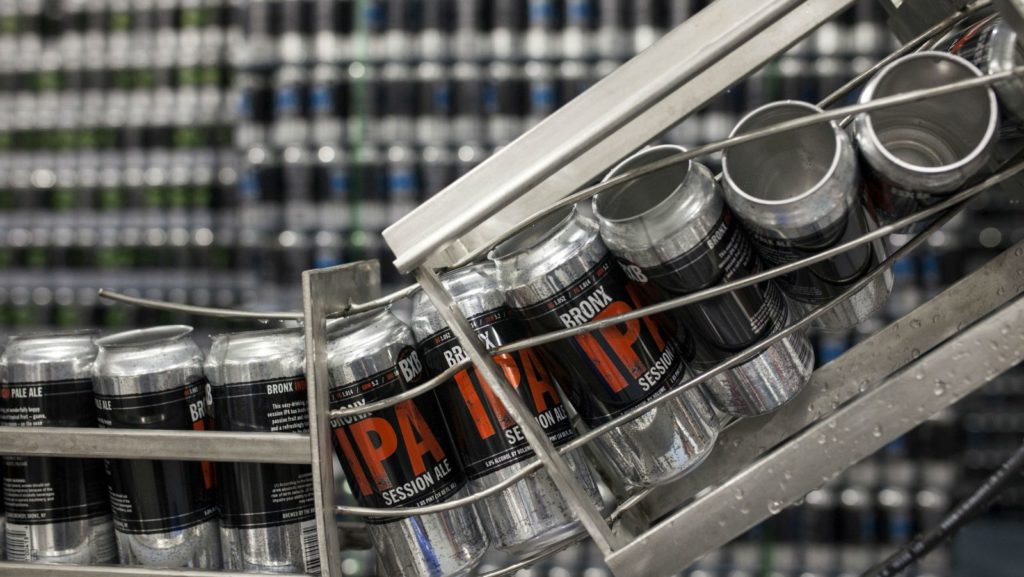
Beer wouldn’t be possible without the fabulous fungus that is yeast, which converts sugars into alcohol through fermentation. Scientists from the University of California-Berkeley have figured out how to make the microbe do double duty and add hoppy flavors to a lab-made pale ale that didn’t include any actual hops in the recipe.
Two (presumably beer-loving) scientists first isolated the various oils naturally produced by hops, the flowers of the Humulus lupulus plant, which gives hoppy beer its bitter flavor. Then, they sought out other plants that naturally produce these same oils, and isolated the genes responsible. Once those genes were isolated, the scientists used them to genetically modify the DNA of brewer’s yeast so that the fungi would produce the same bitter oils. After a number of trial brews, they found that genes from a mint and basil worked best when spliced into a strain of brewer’s yeast.
In a double-blind taste test of two batches of the final hop-free pale ale compared to a regularly brewed pale ale, tasters found the hop-free beer to have more of the style’s characteristically bitter flavors.
The researchers write in their paper, published today (March 20) in Nature Communications, that once further developed, this technology could streamline the IPA brewing process for commercial breweries to allow them to keep up with growing demand.
The most famous pale ales are IPAs, or India pale ales, which have existed since the 1780s. Brits needed to figure out how to make their favorite brews last what was then a six-month journey to India, where it was far too hot to make beer using the methods of the time. George Hodgson, a brewer conveniently located near the ports in England, figured out that he could add hops to the starchy, sugary, warm mixture called “wort” that forms the base of beer. During fermentation, yeast feeds on the sugars in the wort, creating alcohol as a byproduct, and voila: beer. The hops in the mix act like a preservative. The result was a more bitter beverage that would age instead of spoil during its voyage across the sea.
Now there’s no need to add hops as a preservative, but IPAs are hugely popular for their distinctive taste, and demand is growing. In 2017, they made up a quarter of US craft-beer sales, which meant in a decade, demand for IPAs basically tripled in the country, the world’s largest beer market.
The genetically altered yeast help make more homogenous batches of all this IPA. Brewing beer is a finicky business; flavors depend on the exact type of yeast, wort, hops, and even the temperatures and durations of the fermenting process. Charles Denby, a bioengineer and co-author of the study, told Inside Science that even minuscule genetic differences in hops across a single farm can produce different tastes in beer—and there are over 30 varieties of the plant. Although some may view these taste distinctions as parts of a unique craft variety, having a yeast that can produce a specific hoppy flavor may lead to superior production for brewers going for consistency.